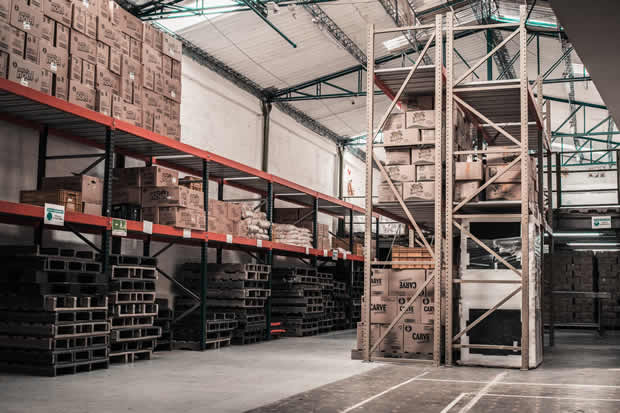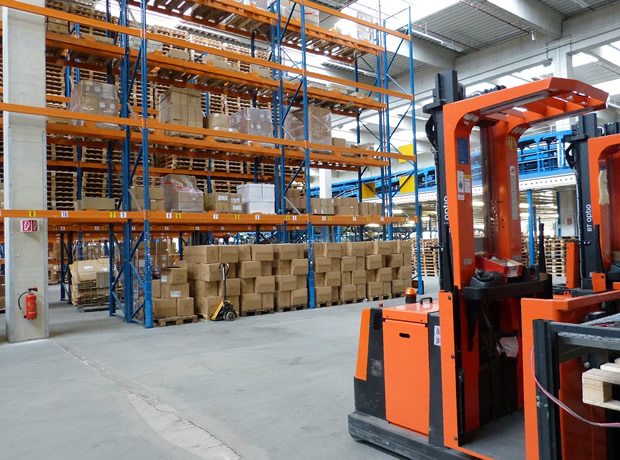Working within a warehouse, there are a number of health and safety risks you are exposed to. The question is, how do work related injuries in warehouses compare to other sectors?
 Here, we’ll look at some of the most recent statistics regarding warehouse injuries. These show how prevalent fatal and non-fatal injuries are in warehouses, alongside revealing what the most common injuries are.
Here, we’ll look at some of the most recent statistics regarding warehouse injuries. These show how prevalent fatal and non-fatal injuries are in warehouses, alongside revealing what the most common injuries are.

Work related ill health statistics
In the transport and storage sector, there were 49,000 work related ill health cases reported annually. The majority of these related to Musculoskeletal disorders. The percentage of workers in the sector who suffered with work related ill health was similar to that of other industries, coming in at 3.2%. However, warehouse specific workers had a slightly increased rate of 3.3%.
In terms of Musculoskeletal disorders, those in the transport and storage sector were shown to have a higher incidence rate than other sectors. Around 1.9% of warehouse staff suffered a Musculoskeletal disorder. This is slightly lower than workers in the post and courier sector, where 2.1% suffered with a disorder of some kind.
Non-fatal injury statistics
In the year 2018-2019, a total of 9,780 non-fatal injuries were reported in the transportation and storage sector. The most common short-term injuries included:
- Slips, trips and falls – 45%
- Falling from a height – 19%
- Struck by a falling or moving object – 10%
- Lifting and carrying – 7%
However, some injuries also occurred over a period of 7 days. The statistics relating to these types of injuries include:
- Lifting and carrying – 31%
- Slips, trips and falls – 27%
- Struck by a falling or moving object – 12%
- Falling from a height – 6%
Compared to all industries, 3.1% of warehouse workers suffered non-fatal work injuries. From the statistics above, we can see that lifting and carrying related injuries occur more over a longer time period. However, slips, trips and falls tend to affect workers more in the short term.
Non-fatal injuries can lead to workers needing to take time off, or in severe cases, quit their job entirely. For those impacted by a non-fatal injury, they may be able to claim compensation for loss of income and damages.
Why are warehouse injuries more common?
Working within a warehouse can lead to a number of different types of injuries. An Amazon warehouse worker in America has recently revealed her own struggle with health issues caused directly from her job.
Candice Dixon was diagnosed with bulging discs, resulting in back sprain, chronic pain and joint inflammation. The injuries were caused by the high level of scanning she had to complete on each working day. While not every warehouse is as busy as Amazon, workers are often exposed to high-pressure conditions. This can lead to repetitive strain injuries.
In some cases, injuries can be sustained through equipment too. Forklifts, conveyer belts, compactors and power tools can all lead to injury if they aren’t used correctly or if they suffer a fault.
In order to prevent warehouse related injuries, workers need to be adequately trained. Frequent breaks should also be taken to avoid repetitive strain injuries.
Overall, while warehouse related injuries are common, steps can be taken to prevent them. It is crucial for employers to focus on health and safety in the warehouse environment and provide adequate training for all employees.




Comments are closed.